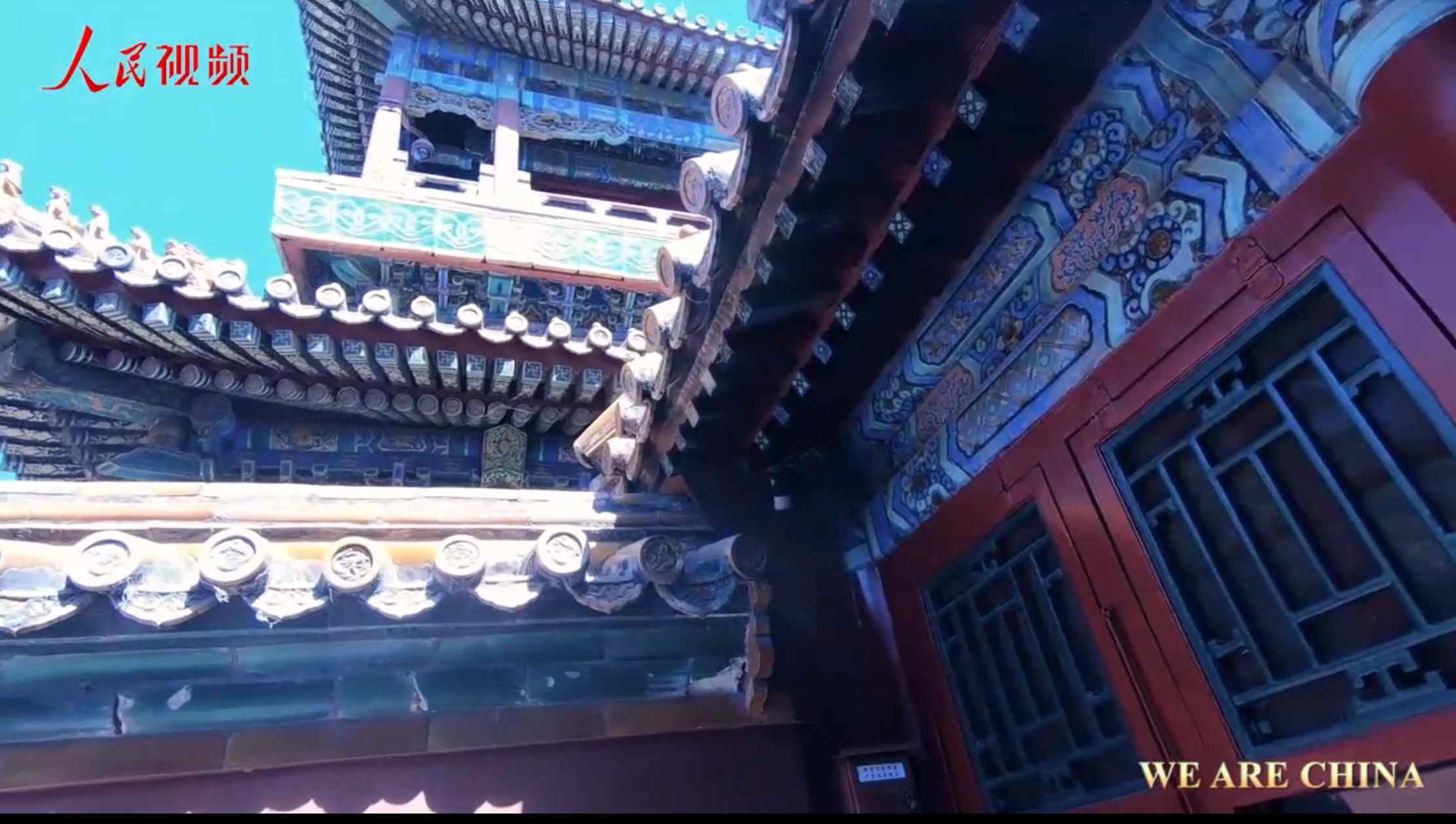

Concubinage is deeply steeped in China’s history. Concubines were women who cohabited with Emperors throughout the dynasties, but were never officially married and were subordinate to wives. An Emperor could have as many or as few concubines as he wished, with the main purpose of bearing him lots of children.
During the earlier dynasties, concubines were frequently chosen from poor families and so often parents obliged, assuming that their daughters were embarking on a better life inside the palace. However, during the Qing dynasty, Emperors looked for concubines from wealthier, nobler families. Although many didn’t choose this path for their girls, they had little choice.
The ideal concubine was expected to be virtuous, docile and listen to her Emperor. If a girl was chosen she would enter the Forbidden City, usually between the age of 13 and 16, to begin a surreal life within the city walls, seldom to see her family again.
One such concubine was Consort Zhen. Born in 1876, she is best known as a consort of the Guangxu Emperor, the penultimate Emperor of the Qing dynasty. Her elder sister, Consort Jin, was also chosen to be a concubine and both girls entered the Forbidden City when Zhen was just 13 years old. Although Zhen was the Emperor’s favorite of the two sisters, it was Jin that managed to play the game for longer, outliving Zhen by years.
Consort Zhen’s story is not a happy one. After an interesting and somewhat unruly career as a concubine, she met her tragic and untimely demise, thrown down a tiny well behind the Ningzhou Palace to her death in 1990. The minuscule hole in the ground barely looks big enough to fit a human body in it. But what did she do to deserve this fate?

One famous version of the tale is that Zhen was killed in a rage fuelled by jealousy.
Jealousy was often an issue in the Forbidden Palace, and during Zhen’s time with the Emperor, he became fond of her. So fond, in fact, that it’s said Zhen abused her power to interfere in palace procedures. She had also developed a fascination with photography, and somehow managed to get cameras into the palace to take photos of life inside the grounds of a city still forbidden to the outside world. Although Empress Dowager Cixi ordered for the majority of these photos to be destroyed after her death, some do remain and it’s one of the only reasons we know what Consort Zhen looked like at the time, as photographing concubines was not a normal practice.
Because of her close relationship with the Emperor, Zhen sympathized with and supported Emperor Guangxu’s constitution reform attempts. After the reform was suppressed by Empress Dowager Cixi, Zhen was placed under house arrest and the Emperor was taken into custody separately. She spent two long and lonely years locked alone in a tiny building. Not only could she no longer talk to the emperor or her sister, but she couldn’t even walk around the palace, even more of a prisoner than she had already been.
While still under house arrest, in 1900, came the news of the 8-Nation Allied Forces attacked Beijing, and the imperial court fled to Xi’an. The Empress Dowager is said to have brought Consort Zhen before her. Thinking she was to be saved, Zhen begged that the Emperor be allowed to stay at the Forbidden City to attempt negotiations. In a state of fury, the Empress ordered that Zhen be thrown into the small well that remains today. Her body wasn’t recovered until the following year, when she was eventually laid to rest.

Although the Emperors, Empresses and Concubines of the Forbidden City have long since passed, the tiny well serves as a reminder of the city’s history, as well as the tragic tale of Consort Zhen.


 Award-winning photos show poverty reduction achievements in NE China's Jilin province
Award-winning photos show poverty reduction achievements in NE China's Jilin province People dance to greet advent of New Year in Ameiqituo Town, Guizhou
People dance to greet advent of New Year in Ameiqituo Town, Guizhou Fire brigade in Shanghai holds group wedding
Fire brigade in Shanghai holds group wedding Tourists enjoy ice sculptures in Datan Town, north China
Tourists enjoy ice sculptures in Datan Town, north China Sunset scenery of Dayan Pagoda in Xi'an
Sunset scenery of Dayan Pagoda in Xi'an Tourists have fun at scenic spot in Nanlong Town, NW China
Tourists have fun at scenic spot in Nanlong Town, NW China Harbin attracts tourists by making best use of ice in winter
Harbin attracts tourists by making best use of ice in winter In pics: FIS Alpine Ski Women's World Cup Slalom
In pics: FIS Alpine Ski Women's World Cup Slalom Black-necked cranes rest at reservoir in Lhunzhub County, Lhasa
Black-necked cranes rest at reservoir in Lhunzhub County, Lhasa China's FAST telescope will be available to foreign scientists in April
China's FAST telescope will be available to foreign scientists in April